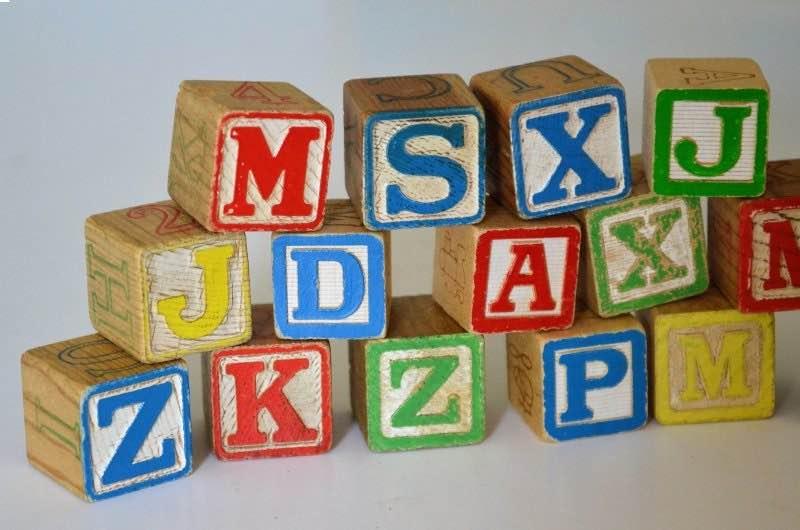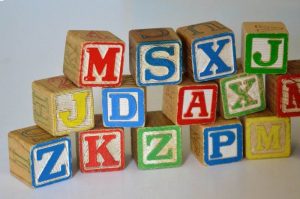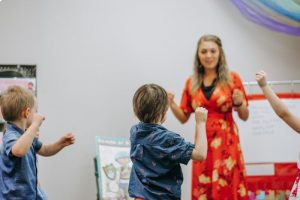Wondering how to sing the Spanish Alphabet Song? You’re not alone! The Spanish alphabet is one of the most fundamental things to learn when teaching or learning the Spanish language.
Why Is It So Important To Teach Your Child The Spanish Alphabet?
Learning the Spanish alphabet isn’t just important for anyone in the process of acquiring additional languages. It’s a fundamental piece of the foundation on which language learning is built. Perhaps learning the Spanish alphabet song is not the first thing that comes to mind, but it does reinforce proper pronunciation that, in turn, enhances speaking fluency.
Spanish has a major advantage when it comes to language learning – it is pronounced phonetically.
What does this mean? If you learn the Spanish alphabet, you’ll have the keys you need to unlock good pronunciation skills. You’ll know how to pronounce words – whether you know their meaning or not.
With consonant and vowel sounds under your belt, you can pick up a dictionary from the Real Academia Española and dive right in. If you’ve been exposed to inconsistency in spelling and pronunciation in languages like English, Spanish will be refreshing.
The earlier one begins learning a language, the better.
This is especially true for transference of knowledge, or using what the learner is learning/has recently learned in their native language instruction courses.
One of the tried and true learning methods for the Spanish Alphabet is through song. YouTube has plenty of resources and different types of Spanish alphabet songs so that you can choose the one that is right for the target audience.
The website hosts more traditional versions of the Spanish alphabet songs, as well as some fun adaptations that can appeal to older language learners. And, the same learning techniques that can help in English alphabet learning are useful for the Spanish alphabet, too. Introduce the sounds of the alphabet first, and then use a song to support and reinforce the pronunciation.
Young learners can listen to the song first, then sing along. Use the pause feature to further improve the learning, by playing the pronounced letter after your student(s) have said it aloud.
Visual Cues & Vocabulary
When you start learning the Spanish alphabet song with your youngsters, don’t forget the importance of visual cues and vocabulary. Why not combine both of these to create an engaging, beneficial learning time?
Many of us learn the alphabet by learning, “’A’ is for Apple, “B” is for bee, etc.”. The same technique can be used learning a foreign language. There are excellent online resources for Spanish alphabet songs with vocabulary.
I would suggest beginning with a simple Spanish alphabet song, allowing the student to practice the sounds, and then, continuing with a song that incorporates the vocabulary.
This is a great chance to incorporate games! Once they have been practicing the alphabet and the vocabulary, you can do oral spelling reviews. Say the word they’ve learned and ask them to first write it down. It is ok if this takes them some time to sound out the letters in their heads, and it’s ok to play the word several times. Once they have written it down, ask them to spell the word aloud in Spanish.
Vowel Sounds in the Spanish Language
Another part to consider when beginning this learning activity is how in depth you want to go. Once your child has learned the sounds, and the new vocabulary, consider focusing on the five Spanish vowels, a, e, i, o, u.
These key sounds never change, and practicing their pronunciation specifically will allow your child to acquire better overall pronunciation skills. It is also important to note that, while phonetic, the Spanish vowels in the alphabet can be confusing, which is why additional reinforcement is recommended.
The “i” sound in Spanish is pronounced like the “e” sound in English, and the “e” is different, as well. Drilling vowel practice and encouraging it will improve the accuracy and speed at which your student can read out loud. There are songs available online that provide practice with Spanish vowel pronunciation.
Remember, Incorporating Play Will Help Your Child Learn Spanish Faster!
An insider’s tip: make learning fun! Don’t just have your student listen to, or watch, videos. Keep them engaged in other ways.
Use the pause feature to stop the video and quiz them on the sound for the next letter, thus ensuring that their brains are actively engaged in learning. Make it a game, and have them stand/sit/raise their hand if the letter displayed is a consonante (consonant) or a vocal (vowel).
Using the vocabulary words included in the song of your choosing, quiz them on which letter a word begins with, and how the word is pronounced in Spanish. Practice spelling out loud, and when they’ve really begun to master the alphabet, pick random words and ask them to write them down based on how they sound. They’ll be pleasantly surprised to really experience the consistency in phonetic Spanish spelling first hand!
Understanding Different Letter Combinations in Spanish
One final expert tip: the Real Academia Española decided to reduce the number of letters included in the Spanish alphabet to 27. This means that a lot of the materials to you available online will include the standard accepted 27 letters. However, there are some that deserve an honorable mention that are considered to be sounds, instead of letters.
To really strive towards excellence and a strong foundation, have your child go over sounds that the “ll” or “rr” combinations make. It’s important to know that L+L = “y” sound when they’re reading aloud! Also, a single “r” is softer than “rr”. These final expert tips should make your student’s read-aloud capabilities shine at home or in class, and can be found in some Spanish alphabet song versions.
Learning the Spanish Alphabet Can (And Should) Be fun!
Learning the Spanish alphabet does not have to be tedious and shouldn’t be overlooked. It’s a key step towards becoming proficient in the language, and can definitely be made challenging and fun for younger or slightly older learners.
While songs might be very appealing to your younger learners, middle schoolers and high schoolers can find the songs useful, but be more motivated to show competence in oral drills and spelling bees. Happy Learning!
Catherine Donnelly


